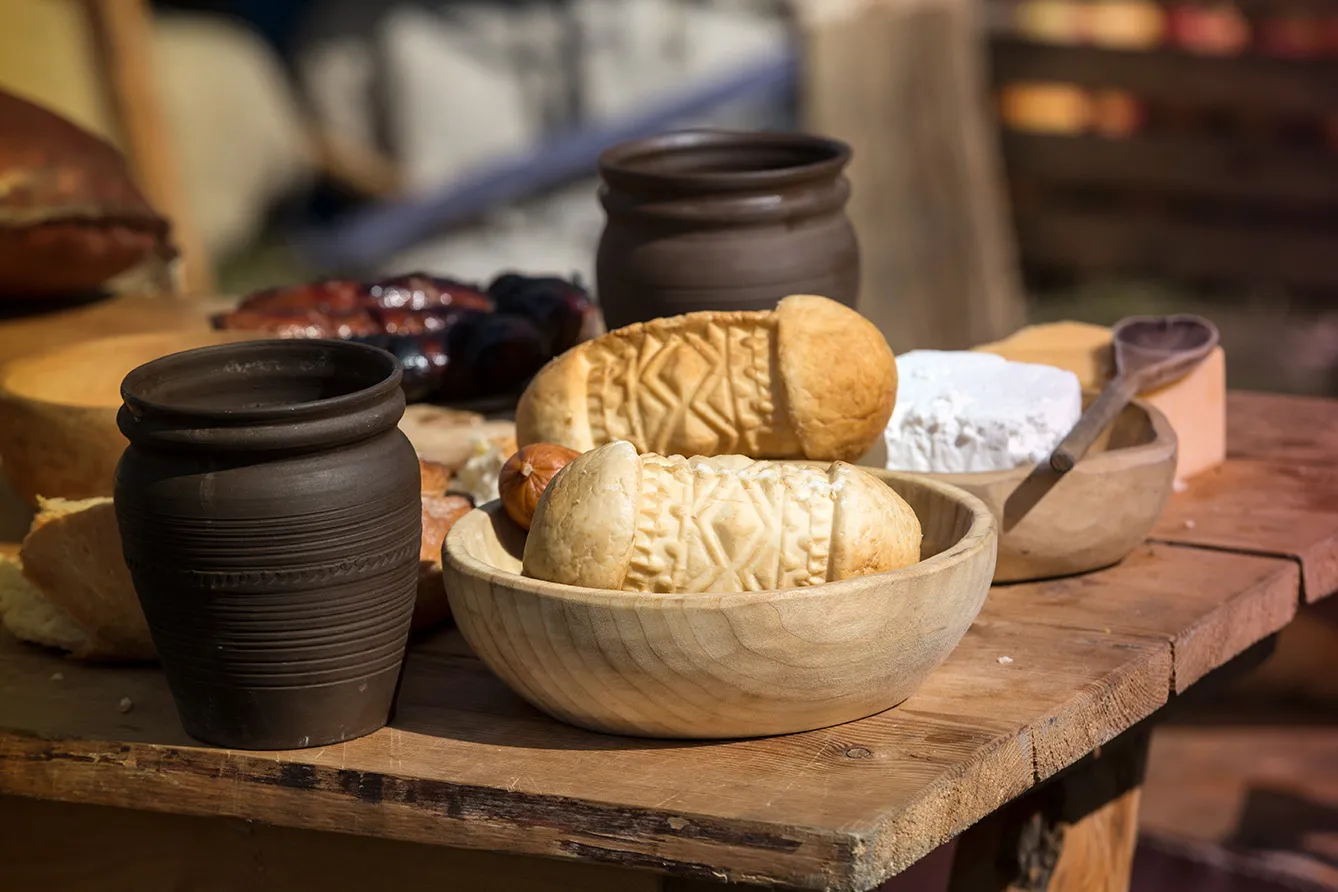In the first days of May, Poles celebrate their first early vacation season, as one day of leave from work may be a bridge between two holidays. As tourists rush to the mountainside, some of the highlanders rub their hands in the expectation of profit as the first batch of oscypek is ready to be sold.
Oscypek, a seasonal delight
Oscypek, a smoked hard cheese made according to a traditional recipe, is a seasonal specialty. Made with mostly sheep milk, it can be produced only when the sheep are out to pasture because only then can they be milked. And, as the highlands pastures are quite elevated, the grass is greener there only from April to September.
The custom of creating cheese similar to oscypek (when buying per piece, the plural is “oscypki”) is prevalent all over Poland’s Beskidy Mountains, the large chain of mountain ranges spanning the eastern half of Polish southern mountainside, as well as Slovakia and, partially, Czechia.
The traditional folk culture of the area relies on sheep herding as one of its cornerstones, with men usually leaving their homes for pasture huts over the summer. There, they would milk their sheep, manufacture the cheese, and later smoke it in dedicated smoking chambers.
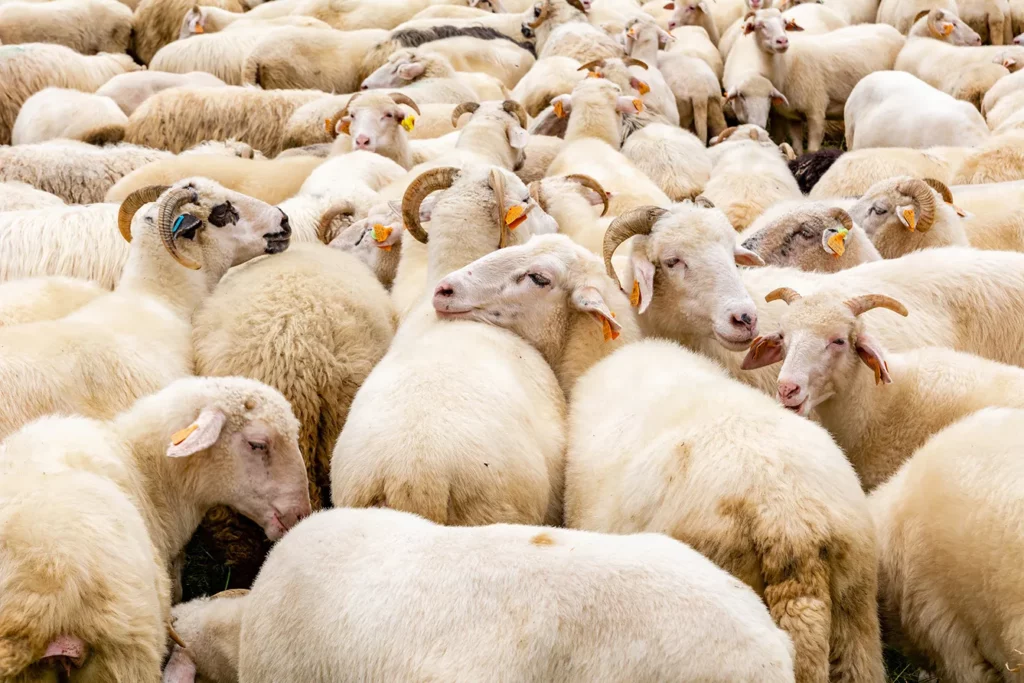
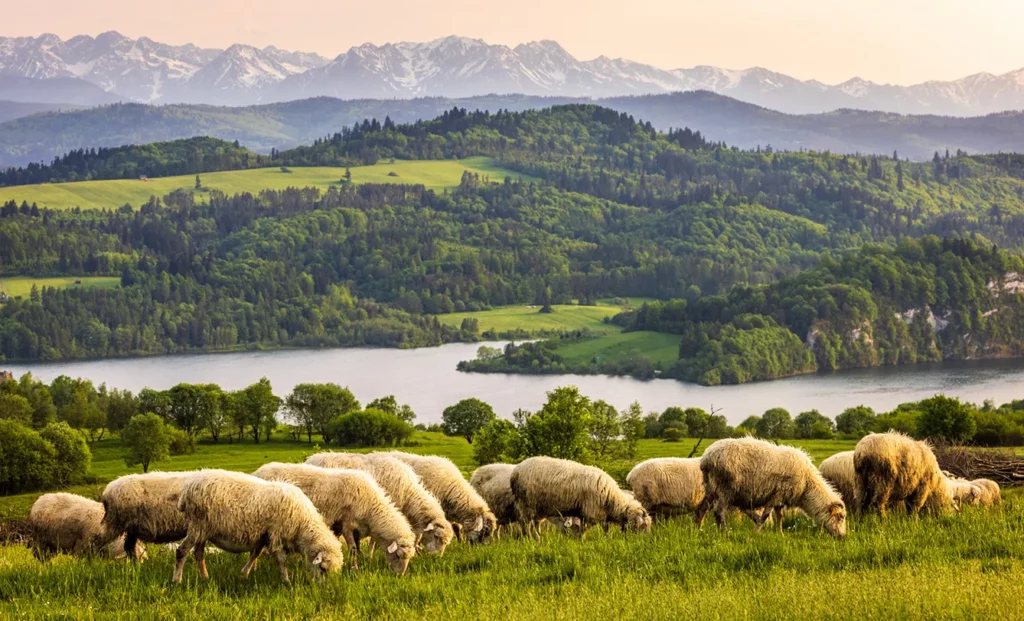

This creates a cheese with a very distinct taste, savory thanks to sheep milk’s unique flavor, and, well, smoky. The traditional pairing is with cranberry jam that adds sweet and sour to the palate. The cheese also has an incredibly long shelf-life thanks to its manufacturing process, and it is perfect when grilled over a flame.
Oscypek and its rivals
You can find Highlander-style smoked cheese all over the Beskidy Mountains, as folk culture does not really care about administrative boundaries. But money does – so to get real oscypek, you must head to one specific part of the mountainside – the rocky Tatra Mountains, the highest in Poland. Here, the Highlander culture is well-preserved, and a certificate of authenticity for oscypek has been granted.
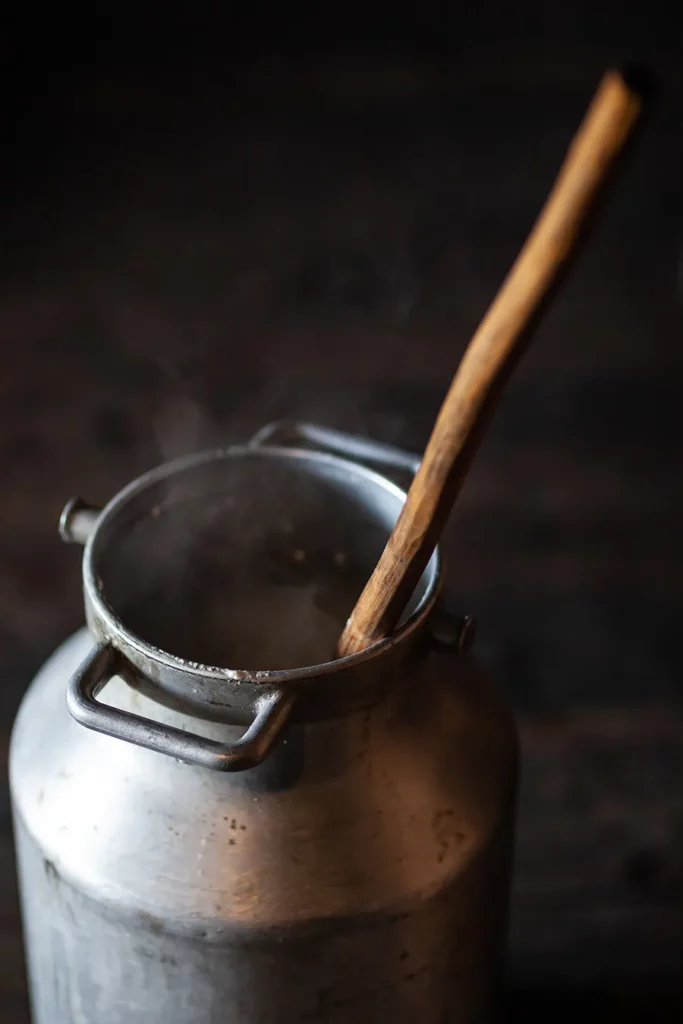
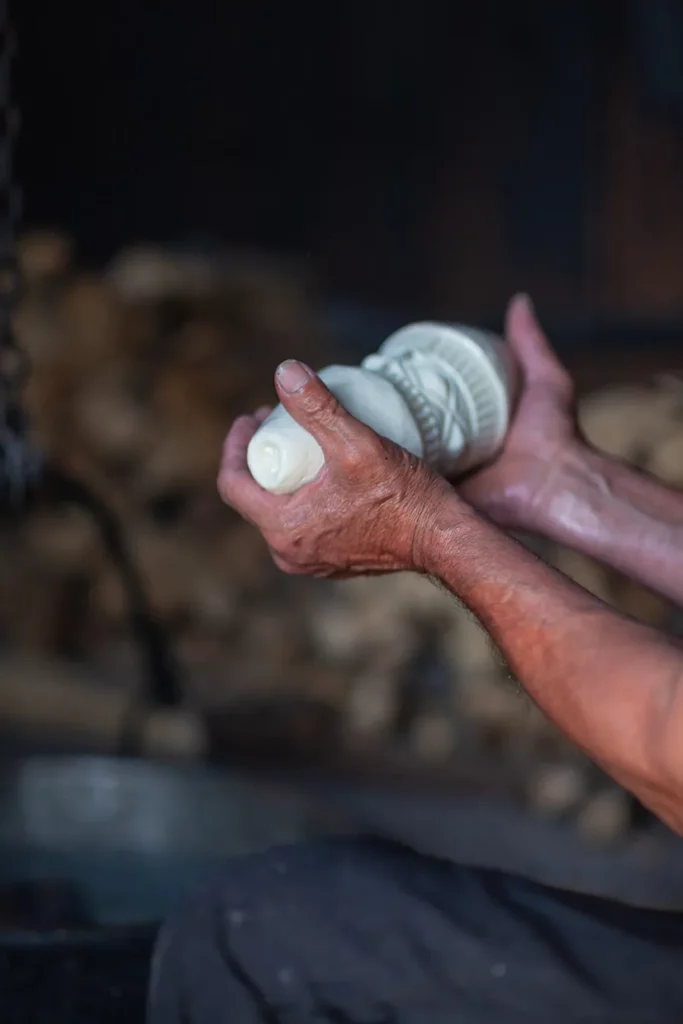
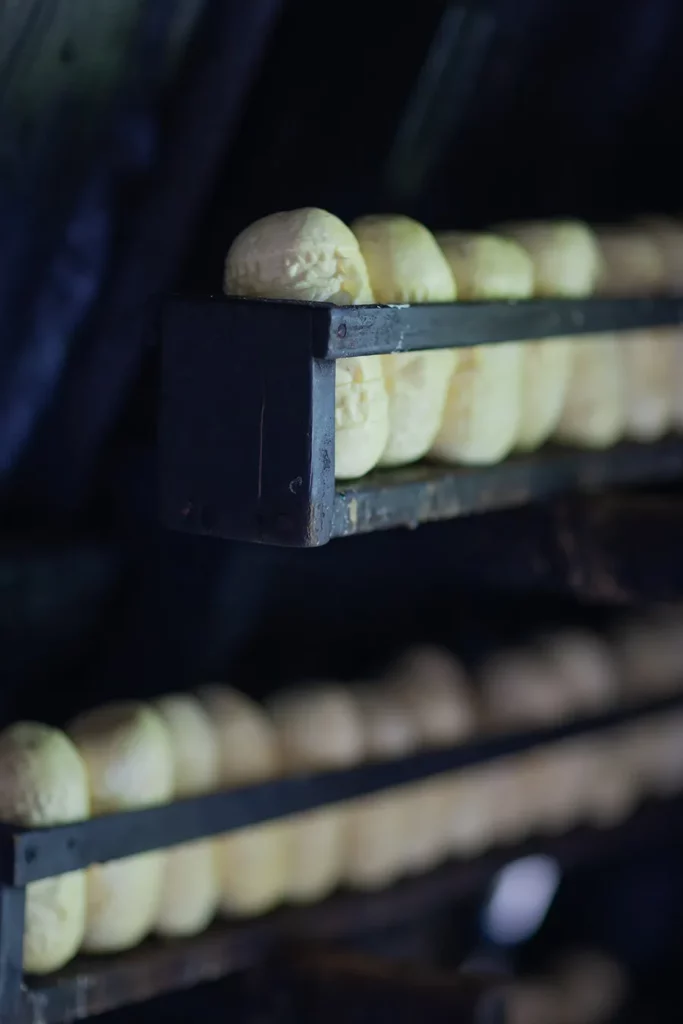
How is oscypek made, then? When milk curd is produced, initially, it is soft and plastic and can easily be formed into shape. The highlanders use molds of a diamond-like shape with a design to add to their shape. Then, the cheese rests dipped in salty brine, to which it owes its longevity and which serves as a drying agent. Then, it’s being stored under the roof of an improvised hut, which has no roof, so the smoke from the fireplace would smoke the cheese. (Perhaps this method is now mostly modernized.)
All this – the process, the cheese design, the taste outcome – is now being protected under the EU Protected Geographical Indication law, which also limits the allowed amount of cow milk in the mixture (required to meet the demand for this specialty) and to the area where it may be manufactured. Slovaks, who make similar cheese under a similar name of oštiepok, made an attempt to protest against the warrant, but sides settled that both variants are separate products.
When you come upon oscypek (selling is only permitted until the end of October), give it a try. This is not to say that you should be afraid of the “unofficial” versions, sold as “the highlander’s cheese” or “gołka” – some are quite delicious, in fact. But when you see the word “oscypek”, trust the lawmakers as much as cheesemakers and try the original thing.


